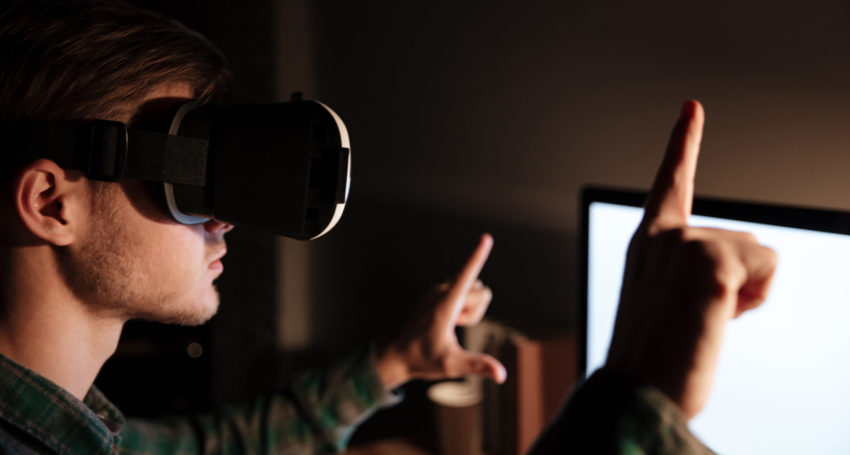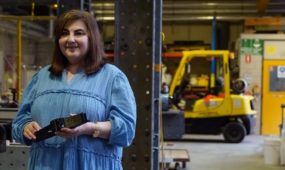Virtual reality more reliable than photographs for jurors
Technology
A South Australian study has proven the effectiveness of virtual reality over photographic evidence for accurate recall, sparking suggestions the technology should be used to help jurors understand the spatial parameters of a crime scene.

Sign up to receive notifications about new stories in this category.
Thank you for subscribing to story notifications.

University of South Australia researcher Carolin Reichherzer tested the efficiency of mock jurors recalling crime scenes after experiencing it through three mediums: a real life visit, photographic evidence, and virtual reality.
The study, published in IEEE Transactions on Visualization and Computer Graphics, found that those who had a more immersive crime scene experience through a physical or virtual visit had superior recall than the participants who simply viewed photographs.
Reichherzer staged a fake burglary in a UniSA room before allowing 30 test subjects to view the scene for four minutes each – 10 entered the room, 10 viewed photographs of it and 10 surveyed the crime scene through a VR headset.
The participants were then asked to retell what they saw, specifically the location of the objects. Those who physically visited the room had the best recall but those who viewed a 3D reconstruction of the room through the VR headsets returned better results than those who looked only at photographs.
“Those who viewed the photos didn’t have a sense of space,” said Reichherzer.
“They couldn’t understand where they were and what the layout of the room was. – that’s something they quite struggled with.”
Participants were provided with written information about the alleged crime before viewing the scene, including the names of those involved in the investigation.
They were then asked a series of questions that combined the written and visual information to measure how well her subjects connected information from the document with the viewed information. This again showed that the VR experience resulted in more accurate recall than photographs.
Reichherzer, a PhD candidate from UniSA’s International Technology and Mathematical Sciences Department, created the VR footage by scanning the room with a Matterport device – a 3D camera and building scanner before designing a three dimensional representation of the snapshot on her computer.
“We thought that we could create a scenario in VR that would make people believe they’re in the scene,” she said.
“This could be a medium that could be helpful in court.”

The VR view of the UniSA mock crime scene.
The current visual presentation methods jurors are offered include sketches, photographs, and videos.
Reichherzer said there were flaws with some of these mediums, specifically photographs.
She said the drive for this study came from a desire to conduct more “meaningful” research to help jurors and the state.
“In South Australia it’s quite common to send a jury to a viewing for serious crimes, such as homicide or traffic accidents, where someone dies,” said Reichherzer.
“There are some downsides to real life visits connected to it like cost, or time – it could occur a year later – so I thought this was something that could bring the jury back to a scene when it was originally found.
“It is often presented in a disconnected fashion, out of chronological or spatial order, and each jury member must create their own mental representation of what they believe happened.
“When you consider that the average attention span of a juror is less than seven minutes, and that much of that time they are taking in complex information, it can leave them feeling overwhelmed and frustrated.”
Reichherzer said she planned to conduct additional studies to take the use VR in legal settings further.
“For another experiment the participant will have to make a decision about a hit and run scenario,” she said.
“The unique perspective here is that the viewer can take the view of the driver to help them identify if the statement is truthful.”
“Another will be about understanding expert statements in VR.”
The ongoing research is supported by an Adelaide research development firm, Data to Decisions CRC.
Jump to next article



